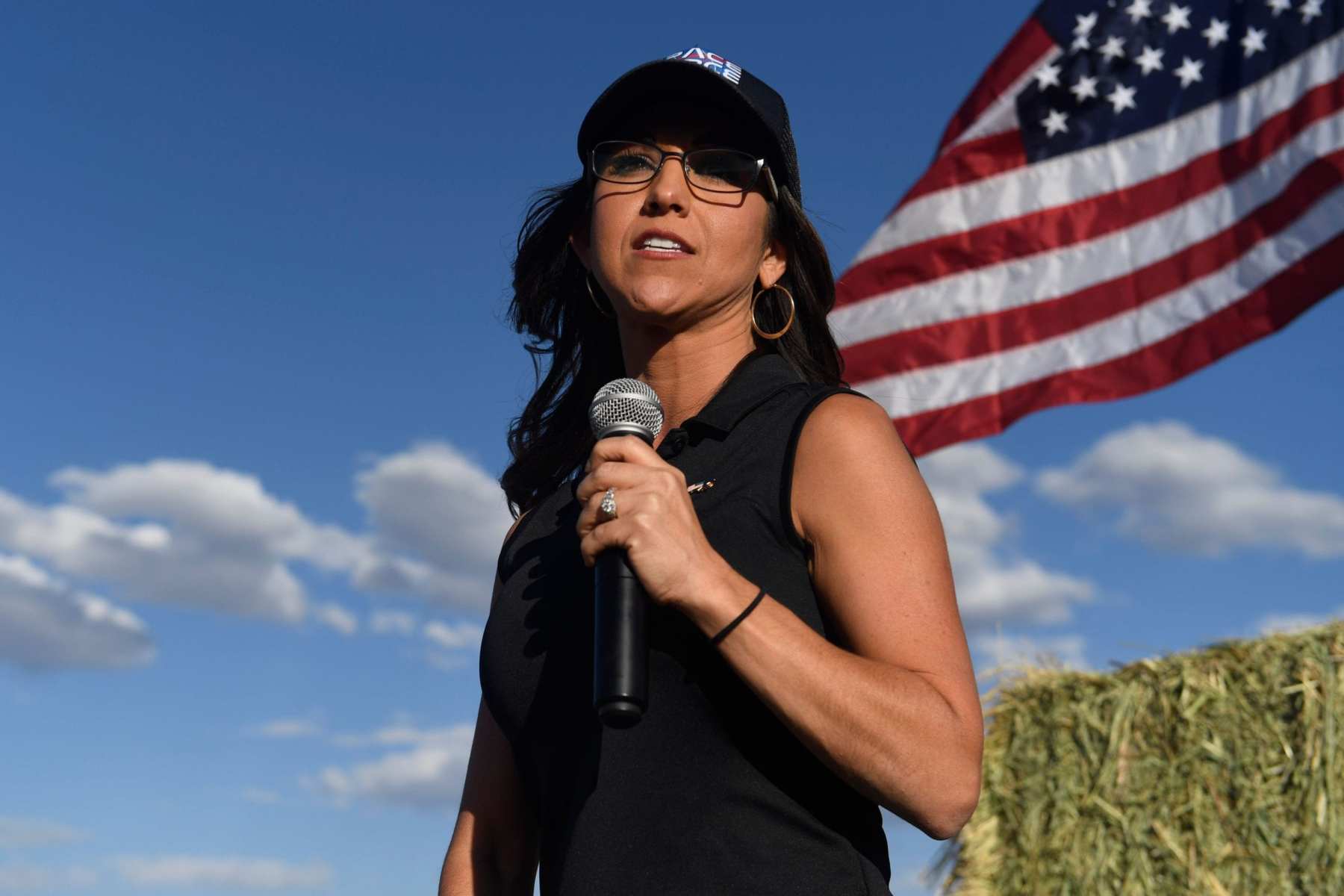We’re the only newsroom dedicated to writing about gender, politics and policy. Subscribe to our newsletter today.
Election night was a good one for Republican women competing in U.S. House of Representatives races.
There are at least 23 Republican women as of Wednesday evening who have been elected to the House, far surpassing the 13 serving in 2020 and closing in on the record set in 2006, when there were 25 Republican women.
There were 227 Republican women who filed to run for House seats in 2020, up from just 120 in 2018. A record-breaking 94 became their party’s nominee, far surpassing the previous record of 53 women set in 2004, according to the Center for American Women and Politics (CAWP) at Rutgers University.
The Republican women who won this year faced political headwinds in some of the most competitive races in the country. They nonetheless broke barriers in a year that may, once all of the races are called, be reminiscent of 2018, when Democratic women fueled their party’s House takeover, sending the first Muslim women and Native American women to Congress.
In South Carolina, for example, Nancy Mace will be the first Republican woman to represent her state. In a New Mexico rematch, Republican Yvette Herrell, a member of the Cherokee Nation, beat Democrat Xochitl Torres Small to become the third Native American woman elected to Congress and the first who is a Republican.
Other new Republican women who will join the House in January include Lauren Boebert in Colorado; Kat Cammack and Maria Elvira Salazar in Florida; Marjorie Taylor Greene in Georgia; Mary Miller in Illinois; Lisa McClain in Michigan; Michelle Fischbach in Minnesota; Stephanie Bice in Oklahoma; and Diana Harshbarger in Tennessee.
In Indiana, where Republican Rep. Susan Brooks, the director of House recruitment, is retiring, Republican Victoria Spartz is on track to beat Democrat Christina Hale in a race that was seen as an indicator of whether Democratic successes with suburban White women in 2018 were enduring or a blip. It was also one of 47 House races in which both candidates were women, according to CAWP data.
This year’s surge in Republican women running for and winning House seats could be in part because of investments within the party after 2018, when a record-breaking 102 women were elected to the House but just a single new Republican woman. (The overall headcount of Republican women serving that year dwindled to just 13.)
“It demonstrates the importance of getting more of these women in the pool and on the ballot,” CAWP’s Kelly Dittmar said.
“Part of the story is that they were making up for lost ground — you had such a steep decline from 23 members to 13 members … in the 2018 election, so the gains this cycle are especially important and necessary to make up for those losses,” she added.
Brooks and other Republican lawmakers such as Rep. Elise Stefanik from New York sounded the alarm, encouraging Republican Party leaders to make electing women a higher priority.
Stefanik, who was previously a House recruitment chair and the first woman to hold that role, launched E-PAC to support top Republican women in their primary races. She told The 19th in August that after some initial pushback, party leaders eventually agreed that there was a “need to build that ecosystem in the Republican Party.”
In late 2017, Republican strategists and donors had founded Winning for Women, designed to be the Republican counterpart to Democratic groups such as EMILY’s List, which backs women who support abortion access.
This story will be updated as more House races are called.







